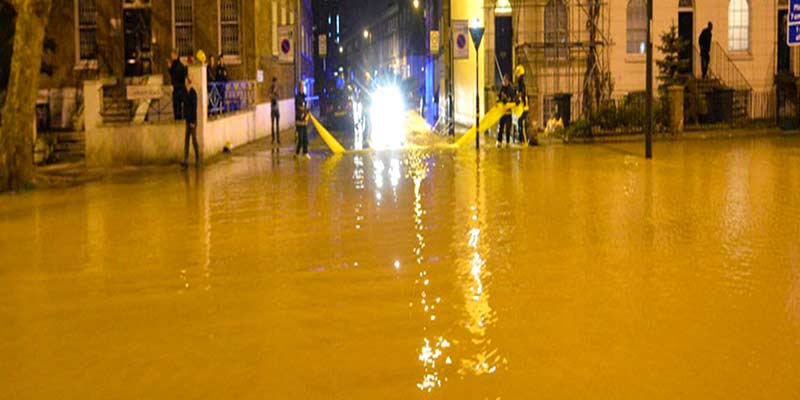Some septic tank cleaners that are bacteria based have the ability to perform many helpful functions and can correct clogging issues that plaque many homeowners at some point. Septic systems begin to slow down over time as gunk, sludge and muck buildup in the soils in the drainage areas. These drainage areas can be a leach field, drain field, lateral line, sand mound system, cesspit, seepage pit, drywell or cesspool type system and can be aerobic or anaerobic (meaning with or without the infusion of oxygen).
All the these types of systems are susceptible to a slow down as the soils begin to form a coating which makes each and every grain of sand a little bit ‘fatter’, causing these grains to squeeze against each other and suppress that rate at which water can pass. Think of it this way; if you poured bottled water over the top of a vegetable strainer full of beach sand, the water would leak out the bottom of the strainer with easy. You could theoretically pour that water for thousands of year’s trouble free. Now pretend that the water is murky and cloudy. The effluent (water) coming out of your septic system is just that – murky and cloudy. As this ‘dirty’ water passes over the sand, small particles which are giving the water the ‘dirty’ appearance begin to bind with the soils. In this scenario, the sand in the vegetable strainer will begin to clog and cause a slowdown of flow coming out the bottom in a much shorter time frame. This slow but steady buildup goes on for many years.
This slow but steady buildup goes on for many years.
For most people, trouble with their septic system does not occur until the system is roughly 20 to 30 years of age. However, for some that can be as little as 2 years or as long as 100 years! Regardless of when a system will hit a breaking point, that point can be pushed back by cleaning up the water BEFORE it leaves your tank and the best way to achieve that is to apply a strong monthly septic tank cleaner upstream of your drainage zone. Doing so will help offset the negative effects of anti-bacteria soaps and cleaners and a million other things that kill bacteria in your tank. Keeping the bacteria colony counts very high will assure that you are maximizing the effects of ‘cleansing’ that is desired.
The effluent leaving your tank is by nature, very dirty. The cleaner the effluent, the longer your system will last before needing a rejuvenation. Adhere to a strict schedule of septic treating to protect and guard your system against clogs and backups. And if you find yourself in trouble, utilize a heavy dose of bacteria (septic shock treatment) capable of burning through clogs at an accelerated rate. While that dirty water generally consists of organic matter which specialized septic bacteria are fully capable of digesting, in some cases the contents are comprised of salt, calcium and plastics from your laundry. These compounds also potentially pose a problem but can normally be overcome utilizing alternate chemicals to sear through those materials.






I think that your estimate of about 20 years before trouble sets in is about right. We had few issues until our home was 18 years old. Then we had a major septic backup because we didn’t clean it very often. That’s interesting that the cleaning can be done with bacteria. I think it’s just about time for a cleaning. Thanks for the reminder!
It’s a bit technical but you explained it very well. Thanks for your hard work.